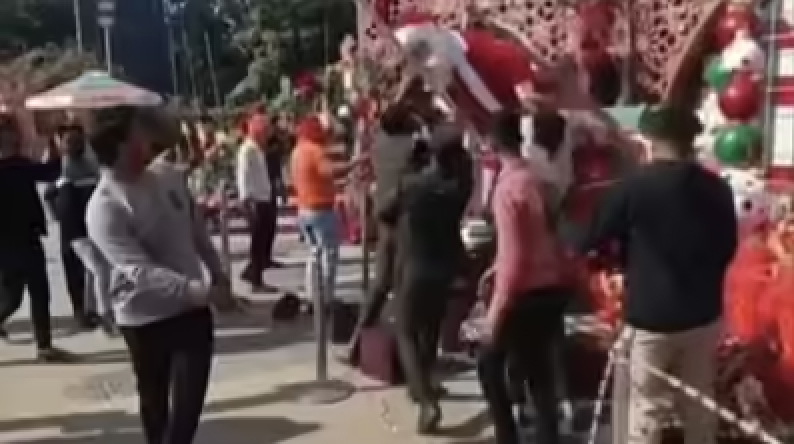The painstaking work of the Jammu Kashmir Coalition of Civil Society highlighted the systemic violence and the repression of human rights.
Not far from Ghanta Ghar in Srinagar, which has morphed into a site for tourists and Instagram selfies, is the Bund and the Amira Kadal bridge. Like the clock tower, both have historic connotations that stand at risk of makeovers and erasures in rapidly-changing Srinagar.
The Bund, a walkway, along the right bank of the Jhelum, was built in the early years of the 20th century, during Dogra rule, for the convenience of British tourists. The elegant buildings that flanked the walkway were constructed in a variety of styles, ranging from traditional architecture near the alleys of Abi Guzar to colonial-style buildings.
One notable building bearing testimony to Srinagar’s cosmopolitan heritage was owned by a Parsi family, the Pestonjis. It was well known for the white wooden horse that stood outside – the brand mark of a Scottish distillery. Though the building was gutted by fire in 1992, the wooden horse survived and was relocated to a shopping mall. But fortunately, the legendary Suffering Moses store, started in 1840 by the Wani family, still stands with its rooms containing exquisite collections of Kashmiri craftsmanship.
Amidst these splendid heritage structures is a building, believed to be over a hundred years old, known locally simply as “human rights walloh ka office”.
This story was originally published in scroll.in. Read the full story here.






